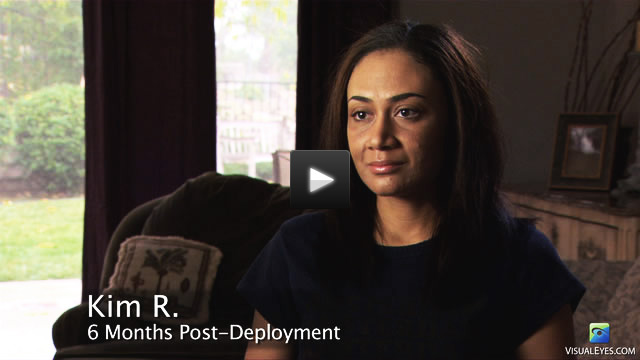We’d like to show you an additional example of emotive storytelling. This time we will focus on how an emotive story can develop a powerful climatic scene.
Healing stories, like most stories, have three elements of plot: Conflict which identifies the problem to be solved; Climax, the point of highest tension, and Resolution, the end of the story. In this clip you’ll see how the conflict moves to a climax, setting the stage for a resolution.
During the conflict, which you don’t see here, we are uncertain whether Darren would destroy his marriage and possibly take his life. Here we view a scene where there is considerable tension. Will Darren respond to his wife’s confrontation, anger and pleading or will he walk away from this, his one last chance.
The Department of Defense mandates training for all service members on dealing with individuals who may be suicidal. You’ve heard the phrase “death by Power Point”. Sadly, in traditional training on suicide, it may be more than just a clever metaphor. We’ve just shown you a better way to train and educate.












Comments are closed.